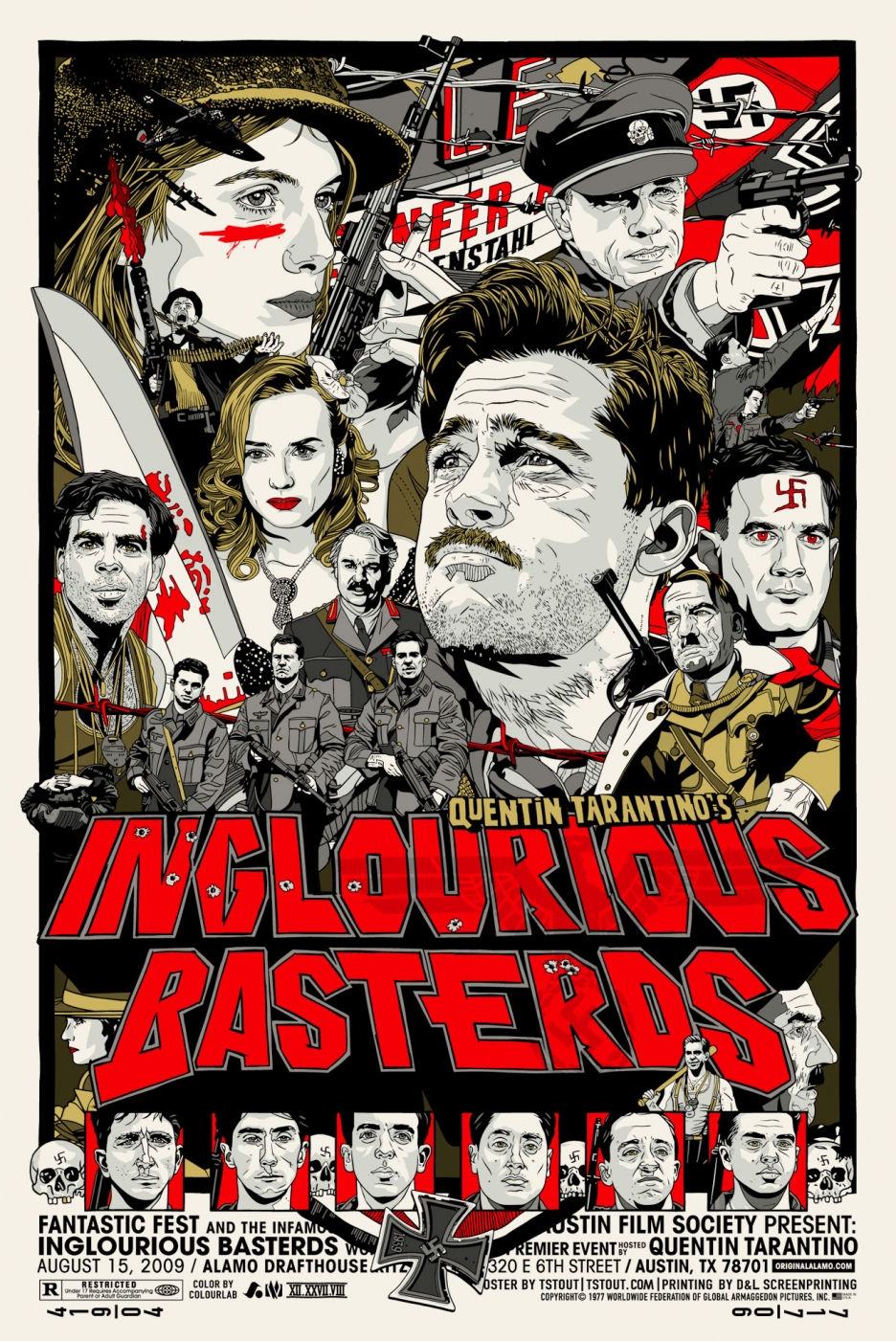'What Richard Did' is a 2012 drama directed by Lenny Abrahamsson, the film follows protagonist Richard Karlsen (Jack Reynor) as we get an insight into the life of well respected rugby captain Richard, the undisputed alpha male of a privileged set of South Dublin Teenagers. The film explores themes of love, friendship, greed, guilt and regret as we watch Abrahamsson's subtle approach of exposing a boy who turns out to not be who he first believes he is after a devastating incident. I personally thought quite sound and a clever use of cinematography being used through out the film resulted in the audience almost feeling uncomfortable due to us feeling like we are encroaching on his very normal day to day life, which we are. Abrahamsson may do this in order for the protagonist (Richard) to seem very relatable to the audience as we watch his very normal everyday life over the span of a summer. Until one unexpected event that may be looked over as nothing by many people causes devastation among his friends and family, as well as his own mind , he begins to doubt who he truly is providing the audience with a thought provoking experience due to everything in the film seeming so subtle and un dramatic when really the seriousness of the situation completely juxtaposes to what we are seeing/feeling from whats up on screen.
This film can also be linked to a number of my case studies , this due to it being a film exploring the 'living with crime' topic, which is evident a number of times through out the film, also classifying as a British film and having a lot in common with almost all my case studies, the most obvious being the commonality they share in a young teenage protagonist. 'The Selfish Giant' , 'Fishtank' and 'What Richard Did' were also all distributed by British film distributers; 'Artificial Eye' , who specialise in the distribution of independent and art house films. This film could definitely be a good example in future work surrounding my case studies due to the commonality in distributers and directors. Lenny Abrahamsson's originality as an auteur is clear after seeing more than one of his films, often subtle euphemisms are taken providing the films with a more interesting/relatable narrative as situations often become ambiguous due to him purposely approaching a particular problem or incident a lot less dramatically than seen in many hollywood blockbusters, leaving the audience thought provoked as the mystery within the film/character gradually unravels.




